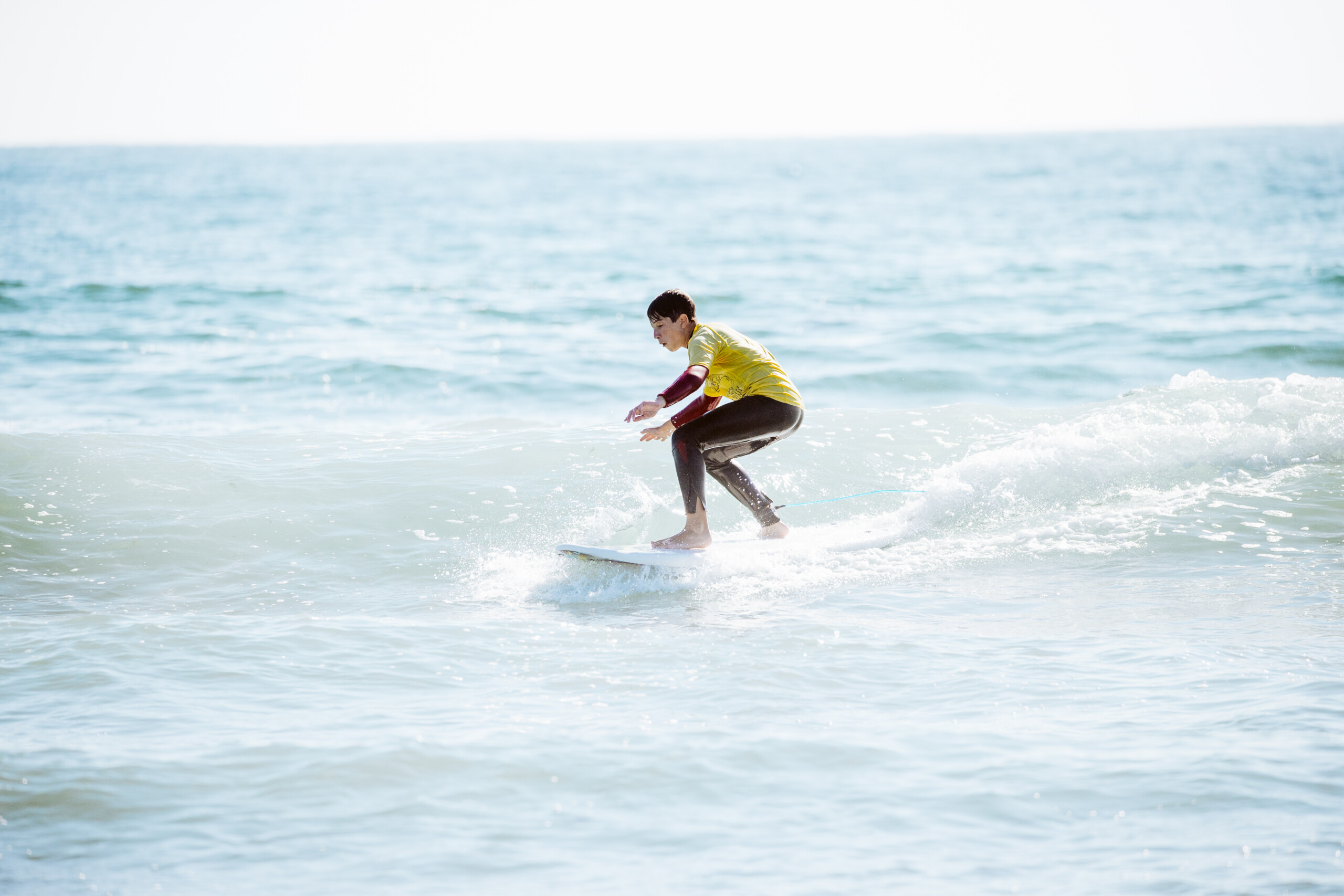Nose riding is one of the most graceful and stylish moves on a longboard, showcasing balance, precision, and control. It involves walking to the front of your board and “hanging ten”—placing all ten toes over the nose of the longboard while gliding along the wave. Achieving a successful nose ride requires more than just fancy footwork; it’s a combination of proper wave selection, board control, positioning, and timing. Whether you’re just starting out or looking to refine your skills, here are some essential techniques for nose riding on a longboard.
1. Choose the Right Wave
Not all waves are suited for nose rides. Look for a wave with a long, clean face and a gentle, peeling shape. The wave should be steep enough to support your weight on the nose but not too steep that it closes out or becomes too fast. Point breaks, with their long, peeling waves, are ideal for practicing nose rides. The wave should also maintain enough speed to keep the board gliding smoothly without losing momentum.
2. Positioning on the Wave
Proper positioning is key to maintaining balance during a nose ride. You want to find the “pocket” of the wave—the steepest and most powerful part, typically just ahead of the curl. This part of the wave provides enough lift to hold the tail of the board in place, giving you stability as you move forward. Staying too far ahead on the wave will cause you to lose speed, while staying too far back won’t give you enough lift for a proper nose ride.
3. Footwork: Cross-Stepping vs. Shuffling
One of the most important techniques for nose riding is mastering footwork.
- Cross-Stepping: This classic longboarding move involves gracefully walking up and down the board by crossing one foot over the other. Cross-stepping keeps your board stable and helps maintain flow as you move toward the nose. To cross-step correctly, start by shifting your weight onto your back foot, then bring your front foot across your body and place it in front of the other foot. Keep your knees bent slightly to stay low and balanced.
- Shuffling: While cross-stepping is the preferred technique for a smooth and stylish approach, some surfers prefer to shuffle their feet up and down the board. This can be quicker but tends to disrupt the flow of the ride and may lead to instability.
4. Trim and Control
As you walk toward the nose, it’s essential to maintain the trim of the board. The board should stay in a straight line across the wave’s face, allowing you to stay balanced. As you approach the nose, you might need to make minor adjustments in your stance to keep the board from angling down too much or drifting too far out on the shoulder.
- Weight Distribution: A common mistake when nose riding is shifting too much weight too quickly onto the front foot. This can cause the nose to dive and result in losing the wave. The key is to distribute your weight evenly across the board as you walk toward the nose, keeping your knees bent and staying low.
- Rear Foot Pressure: To prevent the board from pearling (when the nose dips into the water), apply subtle pressure with your back foot. This will help to engage the tail, allowing it to dig into the wave and provide the necessary lift for a stable ride.
5. Timing the Nose Ride
Timing is everything when it comes to successful nose riding. Ideally, you want to start your walk to the nose when the wave is just about to break, giving you enough lift to maintain your balance. Too early, and you’ll lose momentum, too late, and the wave might close out on you. The sweet spot is when the wave is steep enough to support your weight but still provides enough forward speed to carry you through the maneuver.
6. The Hang Ten (or Hang Five)
Once you’ve reached the nose of the board, it’s time to lock in the ride. The ultimate goal is to hang ten, where all ten of your toes are over the nose, but this can be tricky and requires a lot of practice. Start by hanging five—placing five toes over the nose while keeping one foot slightly further back. This will give you more control and help you find your balance before progressing to a full hang ten.
7. Stay Relaxed and Flow
Nose riding is as much about flow and style as it is about technique. Stay relaxed, keep your body loose, and try to feel the rhythm of the wave. The more in tune you are with the wave, the more effortless your nose ride will appear. It’s easy to get tense, especially when you’re first learning, but remaining calm and maintaining a smooth flow will lead to more successful nose rides.
Conclusion
Nose riding on a longboard is a timeless art that requires patience, practice, and a deep understanding of both your board and the wave. By mastering wave selection, footwork, positioning, and timing, you’ll be well on your way to hanging ten in style. As with all surf maneuvers, the key is to keep practicing and enjoying the process—each session brings you closer to the perfect nose ride.
So, next time you hit the water, remember these techniques, and you’ll be nose riding with confidence before you know it!






